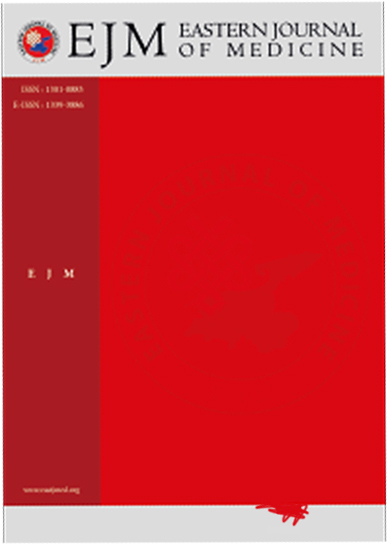Comparison of Robson Classification in adolescent pregnant with adult pregnant
Samet Osman Gunkaya1, Melih Bestel2, Seher Koyuncu aydın1, Esra AYANOGLU1, Ismail Bağlar3, Niyazi Tug11Department of Obstetrics and Gynecology, Sancaktepe Sehit Prof Dr Ilhan Varank Training and Research Hospital, University of Health Sciences, Istanbul, Turkey.2Esenyurt University Private Esencan Hospital, Clinic of Obstetrics and Gynecology, Istanbul, Turkey.
3Kartal Dr. Lütfi Kırdar City Hospital, Clinic of Obstetrics and Gynecology, Istanbul, Turkey.
INTRODUCTION: The number of cesarean sections performed worldwide is increasing day by day. Establishing a common classification system for cesarean births is important in understanding what factors lead to the increase in these procedures. The aim of our study is to identify trends in adolescent cesarean births by applying the Robson classification, compare them with the adult group, and examine the groups that make the most significant contribution to the increasing rates.
METHODS: This retrospective cohort study documented information on birth weight, mode of delivery, gestational age at birth, parity, maternal gestational age, cesarean indications, and ten-group Robson Classification in pregnant adults and adolescents.
RESULTS: The cesarean section rate in adult pregnant women was 39.4%, and the cesarean section rate in adolescents was 14.8%. Group 5 made the biggest contribution to cesarean section rates in both the adult group and the adolescent group. Group 5 was statistically significantly higher in adult cesarean deliveries (p <.001). Other groups where adult cesarean section was significantly more common were group 3 and group 8 (8%; p=0.009, 4.4% p=0.001, respectively). In adolescent cesarean delivery, significant cesarean contributions in group 1, group 2 and group 6 were higher in the adolescent group (23.5%; p< 0.001, 16.3%; p< 0.001, 16.3%; p< 0.001).
DISCUSSION AND CONCLUSION: The contribution of adult pregnant women and adolescent pregnant women to cesarean section rates varies. This study reveals the need for trained health personnel who are prepared and scheduled to attend teenage births.
Manuscript Language: English














